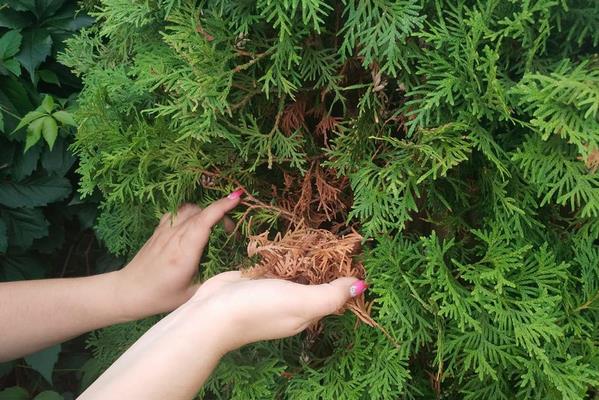
The Secret Gardening Tip: How to Manage the Blight of Boxwood Blight
It’s becoming more and more clear that boxwood blight is a big problem in the central and southern parts of Hungary. It’s not just the hot, long summers we get here, it’s also the low rainfall and intense sunlight that make it worse. These conditions are really hard on plants. They make them more prone to fungal diseases which can quickly cause brown spots and, in some cases, even dieback.
Spraying for Protection
Although spraying box trees may not be the most favored gardening task, experts agree that protection against pests is critical. During the warmer and more humid months, which promote the spread of infections, it’s recommended to spray the boxwoods at least once a month with fungicides. This regular treatment significantly reduces the risk of fungal diseases.
The Benefits of Spraying
Spraying not only protects the plants from immediate threats but also helps in maintaining their vigor, ensuring they remain healthy and robust. During the summer, it’s common to observe a sticky coating on the plants, which is primarily due to aphids. These tiny pests weaken the plant, making it more vulnerable to diseases and pests. By using specific insecticides and fungicides, gardeners can effectively counteract the aphid problem and prevent further damage.
Seasonal Care and Pest Management
The boxwood’s dense foliage is particularly attractive to aphids during the spring when new growth is abundant. To combat these pests, gardeners can employ specialized sprays that not only eliminate aphids but also protect the plants from future infestations. It’s crucial for the health of the boxwoods that these treatments are applied consistently as part of a comprehensive plant care regimen.
By following these guidelines, gardeners can ensure that their boxwoods and other similar plants remain healthy and vibrant, effectively minimizing the impact of pests and diseases through proactive and regular care.

